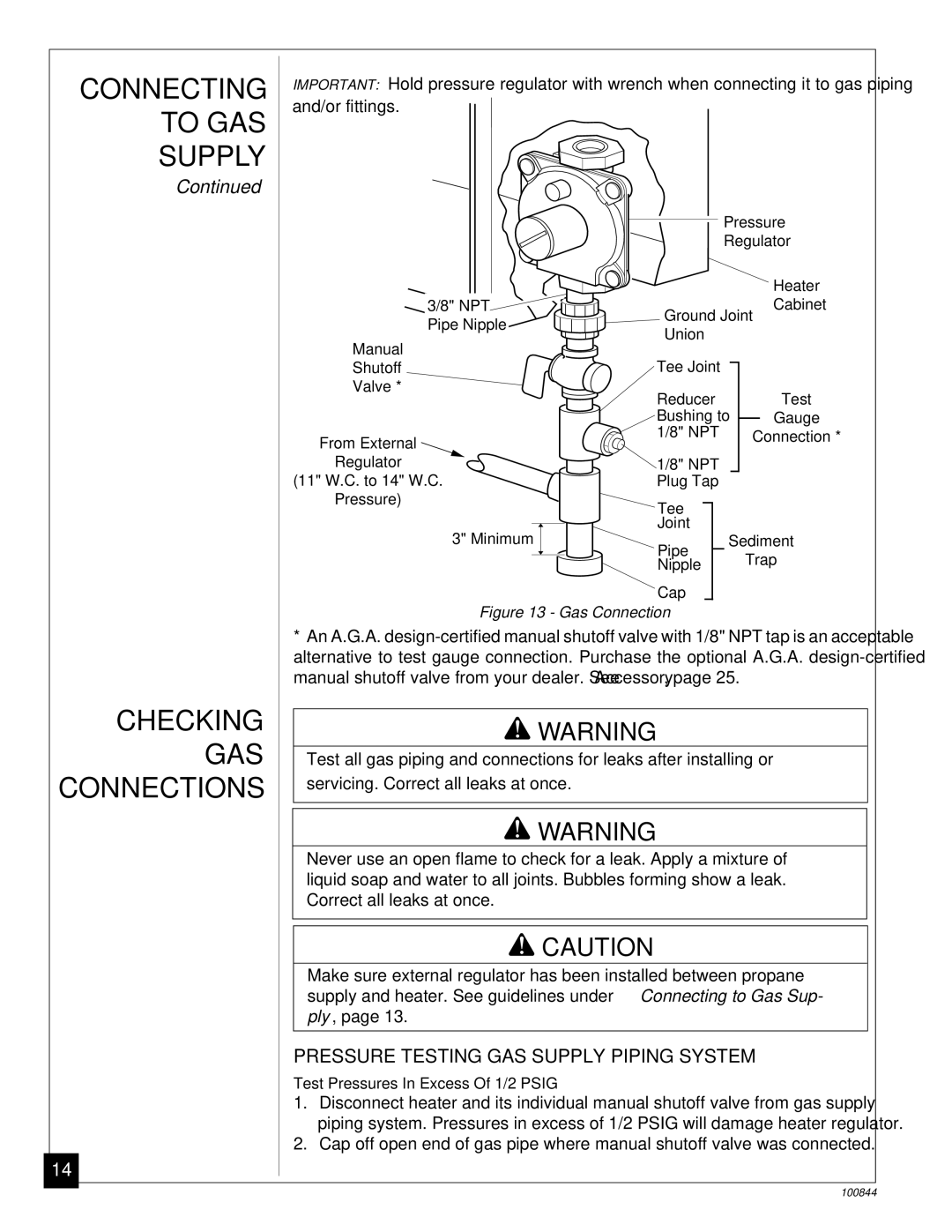VP5B, VP11A specifications
Desa VP5B and VP11A are innovative and advanced solutions designed to enhance various applications in the energy sector, offering unique features and technologies tailored to meet the modern demands of efficiency and sustainability.Desa VP5B is a highly efficient power module that stands out for its compact design and integration capabilities. This system is engineered to provide reliable power supply solutions, making it ideal for both residential and commercial applications. One of its most notable features is its modular architecture, which allows for easy scaling as energy needs grow. The system's efficiency is further enhanced by its use of advanced semiconductor technologies, which minimize energy loss during conversion processes. Moreover, the VP5B supports smart grid technologies, enabling seamless interaction with renewable energy sources, which is increasingly crucial in today's energy landscape.
On the other hand, Desa VP11A is designed for robustness and high performance, catering to environments that demand greater power output. This unit boasts a maximum output capacity that makes it suitable for heavy-duty industrial applications. The VP11A employs cutting-edge thermal management systems, ensuring that it operates within optimal temperature ranges, thus prolonging its lifespan and reliability. This model is also equipped with real-time monitoring systems, allowing users to track performance metrics and make informed decisions to optimize energy usage.
Both models prioritize safety, incorporating multiple safety features such as overload protection, over-voltage, and short-circuit protection. They adhere to international safety standards, which is crucial for ensuring the longevity and performance of the systems in varied operational conditions.
From a technological perspective, Desa has invested in advanced communication protocols that allow for integration with IoT devices. This connectivity gives users the ability to remotely monitor and control their power systems, providing greater flexibility and efficiency. The systems can also be configured to operate in coordination with energy management systems, facilitating better load balancing and energy optimization.
In conclusion, Desa VP5B and VP11A represent the forefront of power module technology, combining efficiency, safety, and modern connectivity. Their unique features and robust characteristics position them as essential tools in advancing sustainable energy solutions across a wide range of applications. As we move toward a more energy-conscious future, these systems offer the performance and reliability needed to meet escalating energy demands.

